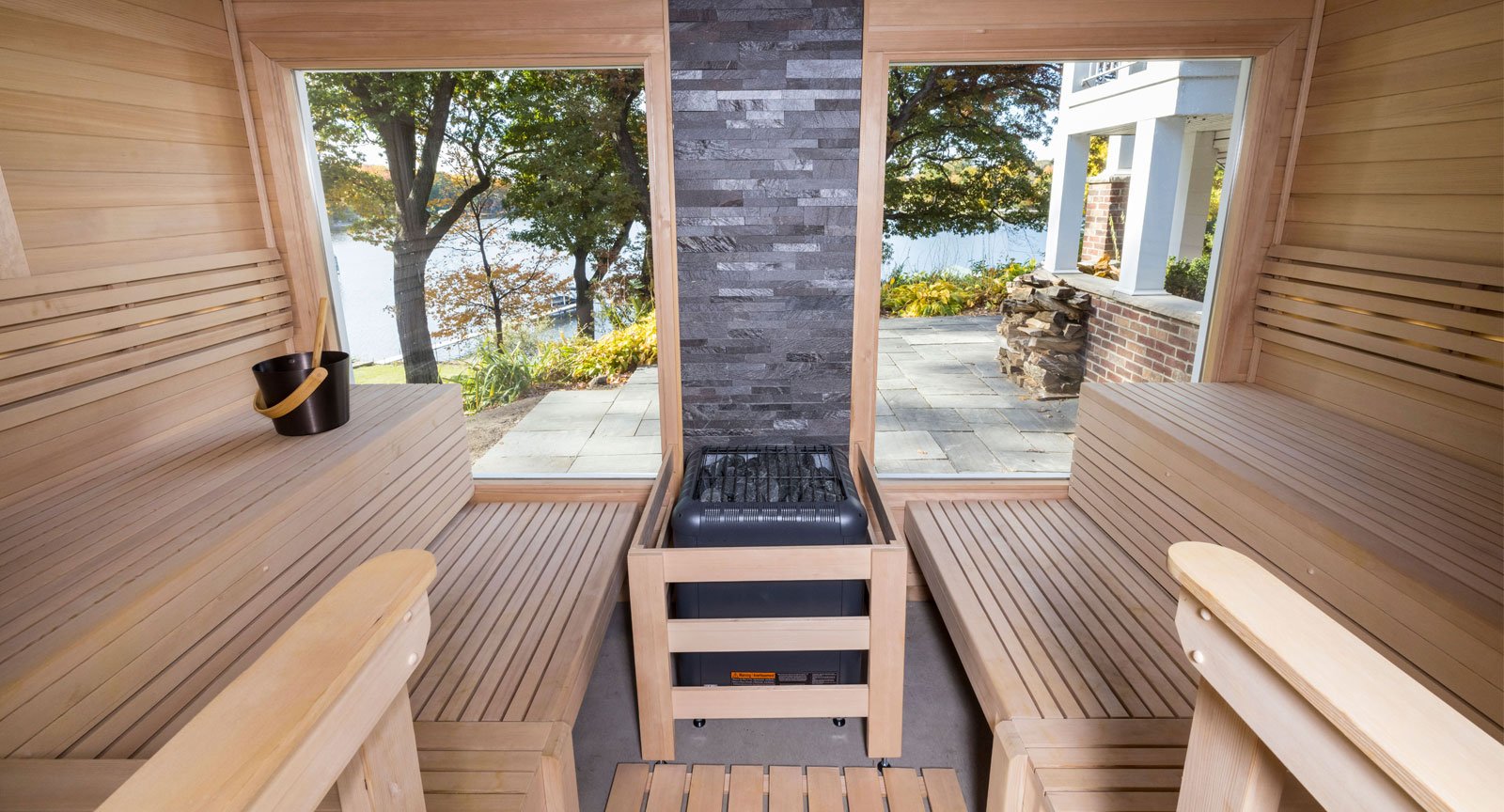Traditional Sauna Things To Know Before You Get This
Wiki Article
Facts About Traditional Sauna Revealed
Table of ContentsThe Buzz on Traditional SaunaThe 3-Minute Rule for Traditional SaunaTraditional Sauna for Beginners9 Easy Facts About Traditional Sauna ShownSome Known Facts About Traditional Sauna.
The majority of the weight lost in a sauna is water loss and is re-gained upon rehydrating. Without a question sauna can be a crucial component of a healthy weight loss program. To consider the distinctions in between traditional and IR saunas, I will separate these into verifiable, theoretical, and fabricated differences.Thus, the hottest factor in the saunawhich goes to the ceiling directly above the sauna heateris usually in between 185 and 190 F. Claims that a standard sauna surpasses 200 F is just not real and not suitable for electrical saunas offered in the US. The temperature for a far-infrared sauna is typically set between 120 and 140 F; however, unlike the traditional sauna, the objective in and IR area is not to accomplish a heat.
Due to this, the temperature level distinction is practically unimportant, since profuse sweating causes both sauna kinds, but the method of warming the body is various. In an IR sauna the bather will really feel warm and will sweat a lot, yet at much lower temperature levels. Traditional Sauna. Therefore, if the goal is to invest longer periods of time in the sauna, the IR sauna is a good choice

The Facts About Traditional Sauna Revealed

When the high temperature is accomplished, the aspects cycle on and off to preserve the high temperature level. Traditional Sauna. Most traditional sauna users delight in pouring water over the rocks to produce heavy steam to increase sauna humidity degrees. The advantages of putting water over the rocks consist of: making the area extra comfy, dampening the nasal flows, and permitting the usage of aromatherapy by mixing vital oils with the water
In a far-infrared sauna, the warm waves permeate the body to efficiently heat up the body and raise the body core temperature. To achieve this increased temperature level, Far-infrared emitters develop infrared power which is close to the exact same wavelength as that which the body naturally emitsoften referred to as the "Vital Range" of 7 to 14 microns), so the energy is well received by the body.
When the power gets in the body, it creates the body temperature level to boost and eventually leads to sweating. In an infrared sauna it's essential for the emitters/heaters to stay on practically continuously. Because there is no mass of rocks to keep heat, the sauna will certainly cool down if the emitters closed off.
The 45-Second Trick For Traditional Sauna
As mentioned over, the sauna bather in an Look At This infrared room intends to position himself before operating emitters to obtain optimal gain from the warm. The heating time for the 2 rooms can be extremely various, depending on exactly how the areas are utilized. For a typical sauna, a bather should enable 30-40 mins for the area to accomplish a wanted temperature level and to correctly pre-heat the rocks.A well built sauna will commonly achieve a temperature level of 150-160 F in useful link concerning 30-40 minutes. For hotter temperatures, the space might need to heat for a longer period.

Standard saunas have a tendency to be larger (thus use more electrical power) than infrared saunas, although conventional saunas are certainly available in one and 2 individual sizes as well. For a two-person typical sauna, 5x6 or 5x7 size is most popular. The leading bench can easily seat two or 3 individuals and is also enough time to relax during the sauna session.
Not known Details About Traditional Sauna
The typical expense per kWH of electricity in the united state is approximately $0.11 - Traditional Sauna, so a 4.5 kW heating system will set you back about $.50 to run for one hour, if the heating system runs continuously for one hour. Typically a sauna heating unit will certainly run for 75% of the very first hour and 50% of succeeding hours on since the aspects cycle once the established temperature is accomplishedA 2 individual far-infrared room is typically literally smaller sized than a standard sauna, usually about 4' x 4' or smaller. The IR home heating system is typically 1.5-1.7 kW using a 120 volt 15 amp plug-in solution. Since the space can be utilized earlier than a sauna area, we will assume the space is utilized for to of an hour consisting of warm up time.
There is a hardly ever discussed difference in the social experience between the two rooms. While our culture has lost some of the social benefit of the typical sauna experience, it can be very socially rewarding. From family time in the sauna, to heart-felt conversations with significant others, to sauna partiesthe conventional sauna experience can result in intimate interacting socially.
The Facts About Traditional Sauna Revealed
Many greater end infrared spaces include colored light therapy, noise systems and full-glass fronts.Report this wiki page